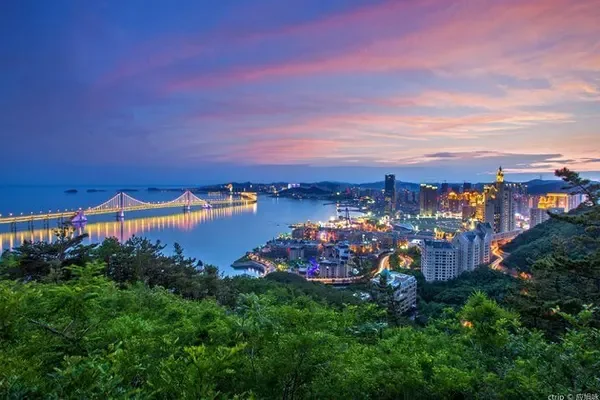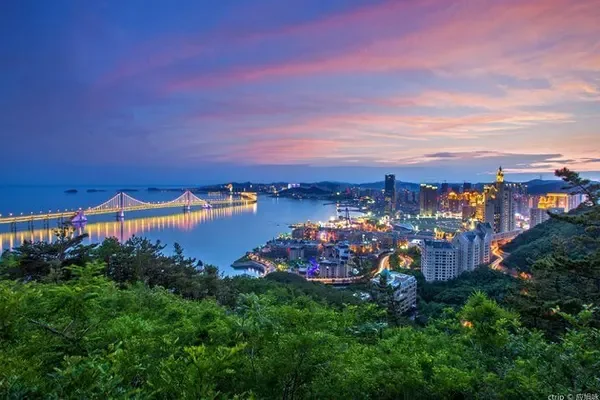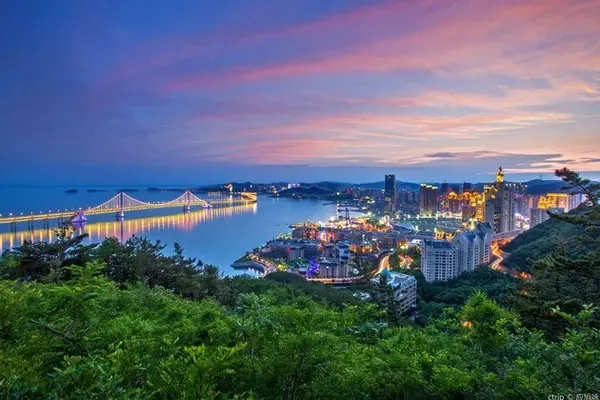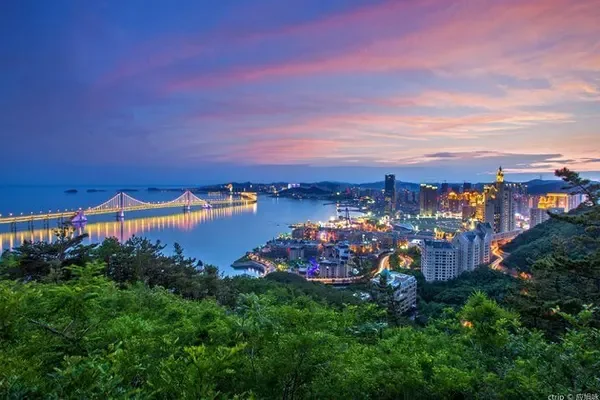The spring rain in Beijing is getting less and less, cloudy days, smog and dust seem to be increasing. On a working day in March, the light rain began to fall outside, so I happened to take a leisurely walk, where should I go? Or go to Xiannongtan and Ancient Architecture Museum alone! Relax without delaying work :-)

Xiannongtan, now located in the Museum of Ancient Architecture (South Second Ring Road, Beijing), belongs to the outdoor part of the museum. In the early years, the area of Xiannongtan must have been larger than it is now: besides residential buildings, street parks, schools, stadiums, etc. around the museum, of course, some buildings have become workplaces and are not open to the public...


There is a screen wall in front of the gate of the museum, with the words "Beijing Ancient Architecture Museum" written on it. Going south around the screen wall, passing through the short side Berlin, it suddenly became clear: there is a small square altar among the green grass, that is the Xiannong Altar (the altar is not big, not high, square ). Xiannongtan was built in the reign of Yongle for emperors to offer sacrifices to the God of Xiannong. However, now anyone can be on the altar, this is the historical change :-)






Although the rulers of the Qing Dynasty were born immediately, they probably paid the highest attention to agriculture in history. Not only did Beijing have Xiannongtan, but similar "altars" were established throughout the country to highlight the important position of agriculture.

Next to Xiannong Altar is Dizhi Altar, which is a group of stone tablets dedicated to famous Chinese mountains and rivers: you can see some gods of mountains and rivers, such as east, west, north, middle and five mountains, east, west, northwest, four seas and so on. In history, there was also a wall around the altar, but it has long since disappeared.




To the east of the Dizhi Altar is the Fufu Hall built in the Yongle period of the Ming Dynasty (approximately wherever there is an altar, there are such buildings, which are used to store clothing and various sacrificial props). The hall introduces the emphasis on agriculture in the past dynasties in China and the story of the ruler's family farming, which can be seen.



In front of the Jufu Hall, there is a small square altar/platform built in the Qianlong period, named "Guangeng": the emperor watched the ministers of civil and military farming on the platform. Where is it cultivated? It is a small piece of vegetable field in front of the viewing platform, named "one mu and three points". Usually, the emperor first plows by himself (the emperors have to change their clothes in the clothing hall before doing farm work), and then return to the viewing platform to watch those ministers plow.




The core of the entire Chinese Ancient Architecture Museum is the worship hall complex (mainly composed of the worship hall (in the south), the east-west side hall and the Taisui hall (in the north)), which displays and introduces various knowledge related to ancient Chinese architecture. and related exhibits. It can be seen from it that in ancient times, even rulers could only live in trees in summer and in caves in winter (the continuous development of construction technology has really benefited hundreds of millions of future generations).








There are introductions about caissons in the hall of worship and the hall of Taisui. The so-called caisson means that when we go to palaces or temples and look up, there are often concave domes with exquisite patterns. Because of its beauty, the use of ancient caissons was strictly regulated, and ordinary people were not allowed to use them. This place mainly shows the algae wells of Longfu Temple in Beijing. Because Longfu Temple was a royal incense temple in the Ming and Qing Dynasties, the algae wells were carved with golden nanmu (just because the lights in the temple were too dark, no satisfactory pictures were taken).

The Hall of Taisui was built in the Yongle period of the Ming Dynasty. It was originally the place where the emperors worshiped the God of Taisui and the God of December. In addition to introducing the algae well, various things related to ancient buildings were displayed and introduced in the hall. Take glazed tiles as an example, they are divided into yellow, green and black, yellow is used for the royal family, green is used for princes, and black is used for religious places. The glazed beasts on the roof and eaves also have different sayings and particularities.




There are also displays of various knowledge related to ancient Chinese architecture in the East and West Side Halls. If you are interested, you may wish to visit.


There is a small courtyard on the west side of the worship hall complex, named "Divine Kitchen Courtyard": the building here was originally used to store the memorial tablets of the Xiannong God and the place for preparing sacrificial offerings, and now it is the "Xiannongtan History and Culture Exhibition" where. Entering the courtyard, there is a well pavilion on both sides, and a well in the pavilion. The buildings in the courtyard are all related to ancient architecture and agriculture, which is worth seeing.









If you want to know all kinds of knowledge about ancient Chinese architecture, you might as well come here to have a look. It was summer when I was here last time, and the sun was shining brightly. However, whether it was last time or this time, it seems that there are not many tourists.







When we first arrived, the rain was not heavy, just light raindrops. Then it started to really rain, and it would definitely not work without an umbrella! After this spring rain, the green must be thicker, and summer is not far away!





